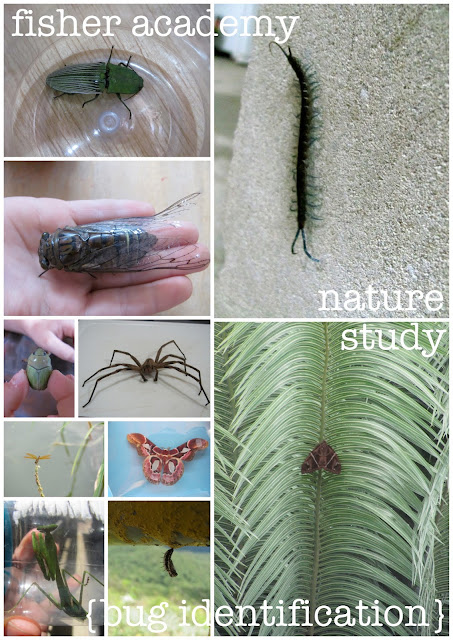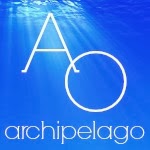a self-education is an education that is…
not interest based;
not 'self-ish' education, for example, caring to learn only that which is appealing.
not all-inclusive of self, to the exclusion of others.
not 'self-y' education, learning only that which is useful to self.
not education of another's self, i.e., one self educating another self.
not parents *educating* those little selves born unto them.*
"...external application is not capable of nourishing life or promoting growth.
life is sustained on that which is taken in by the organism, not by that which is applied from without."
v6p24
 the self & the process...
a child is a person.
the self & the process...
a child is a person. in the same indisputable way that every adult is a distinct person.
a person is made up of body (tangible)
and mind (intangible... 'mind' is the term CM used, for the sake of working with the idea, she includes a person's spirit in this 'intangible' part)
the mind + the body makes up each person's very own self. this is the self we're concerned with in 'self-education.' each person responsible for his own self's education.
the mind needs food just like the body, and in the same way that we cannot make another body eat, even with violence, we cannot force feed another mind. either a body will eat, or it will not. either a mind will eat, or it will not.
mind food = ideas.
nourishment {idea} is gotten through many means. mainly, by many good books. still, ideas of invention & discovery may also be obtained through: studies in science, natural beauty, nature study, dance, art, etc. but those ideas necessary for 'life' (character & conduct) are obtained primarily through, literature, both written and 'oral literature'.
a body will eat something. it will eat what is available and it will eat what is good. which is why parents (teachers) must make the best food available in quantity and with variety, and limit the junk. and the same goes for mind food.
once food is taken in, we don't have to remind a body what to do with it. we don't have to tell the stomach to digest. and we don't have to tell a mind what to do with an interesting idea. it is taken in, appropriated and assimilated. on the other hand, we DO have to tell a mind what to do with tasteless or random material or lists of facts in bulk for memorization. it must take it in, and spit it out (tests!), hopefully never to have to be repeated. that's called forced feeding. and i don't know about you, but that has never gone over very well with my kids. that goes for food AND learning.
...when they have the idea {nourishment} to hang their facts {the less palatable stuff when given in isolation} on, many times the kids can't get enough. they want to know everything they can. they don't waste time memorizing lists, they skip straight on to the imagination, act it out, tell about it, ask questions, and they are perfectly delighted with what they know.
{twaddle would be like frosting... it tastes good and usually looks good, w/o an ounce of nutritional value.}



is the light beginning to dawn?
there is no education but self-education.
we know very little when we start, but we know where to find out more… "we must open books to children, the best books; our own concern is abundant provision and orderly serving."
children should not be dependent on teachers - because, in fact, a teacher can't make anyone learn - but on books. many good books. teachers are meant to be table setters. facilitators. guides. philosophers. mentors. friends.
children (and adults) will learn what they will learn themselves.
tools for self-education.
a person. (at any age who has taken to ideas. education 'officially' beginning around the age of six. though, usually long before that little self is partaking of the feast the world 'unofficially' sets before him.)
curiosity. (this is inborn and ever-present, unless previously put to death by boredom or some other social evil. can be resurrected with much patience on the part of the thoughtful educator.).
ideas. (not workbooks. not lists. not bare facts presented encyclopedia britannica style. ideas are presented in literary form through
good books. (this is to education what good food is to nutrition.)
things. (birds, blocks, tools, wood, clay, flowers, etc., because a due relation with these is also fitting for him. and will also evoke new ideas.)
attention. (this happens automatically when learning something of interest, but as a practiced habit, it serves us well when the material isn't the very MOST fun thing available on the planet. encouraged by using the best books, allowing only one reading and by maintaining brevity of lessons.)
narration. (this is what pegs all those interesting ideas to the bulletin-board of the mind, and develops orderly, sequential thinking which later transfers, at least in part, to communication skills.)
the key to self-education.
learning to
know.
not for good grades.
not to check off a list.
not to please mom. or dad. or grandma.
but reading and doing and knowing because 'studies serve for delight'.
benefits of self-education.
delighted students.
delighted parents.
"Parents become interested in the schoolroom work, and find their children 'delightful companions.' Children show delight in books (other than storybooks) and manifest a genuine love of knowledge.." v6p29
"I should like to dwell on the enormous relief to teachers, a self-sacrificing and greatly over-burdened class; the difference is just that between driving a horse that is light and a horse that is heavy in hand; the former covers the ground of his own gay will and the driver goes merrily. The teacher who allows his scholars the freedom of the city of books is at liberty to be their guide, philosopher and friend; and is no longer the mere instrument of forcible intellectual feeding." v6p33

*as we know, self-education *can* potentially happen
without a teacher. truly however, that doesn't make our position irrelevant or even less important. even though educators we are, and educate we must, here we're talking about the more important aspect that must be present for learning to take place, and that is: self-education. which of course, you have already realized if you have read this far... :)
helpful reminders:
don't forget that the CM blog carnival is coming up.
as it just so happens, the topic of the carnival is:
self-education.
yeah, i know. good timing, huh? ;)
helpful links:
read the portion of CM's Series (volume 6, chapter one) that this post is based on
here.
for this weekend only get a free audio (mp3) download of this section of Charlotte Mason's volume 6 of the Original Homeschooling Series (read by me!)
right here.















